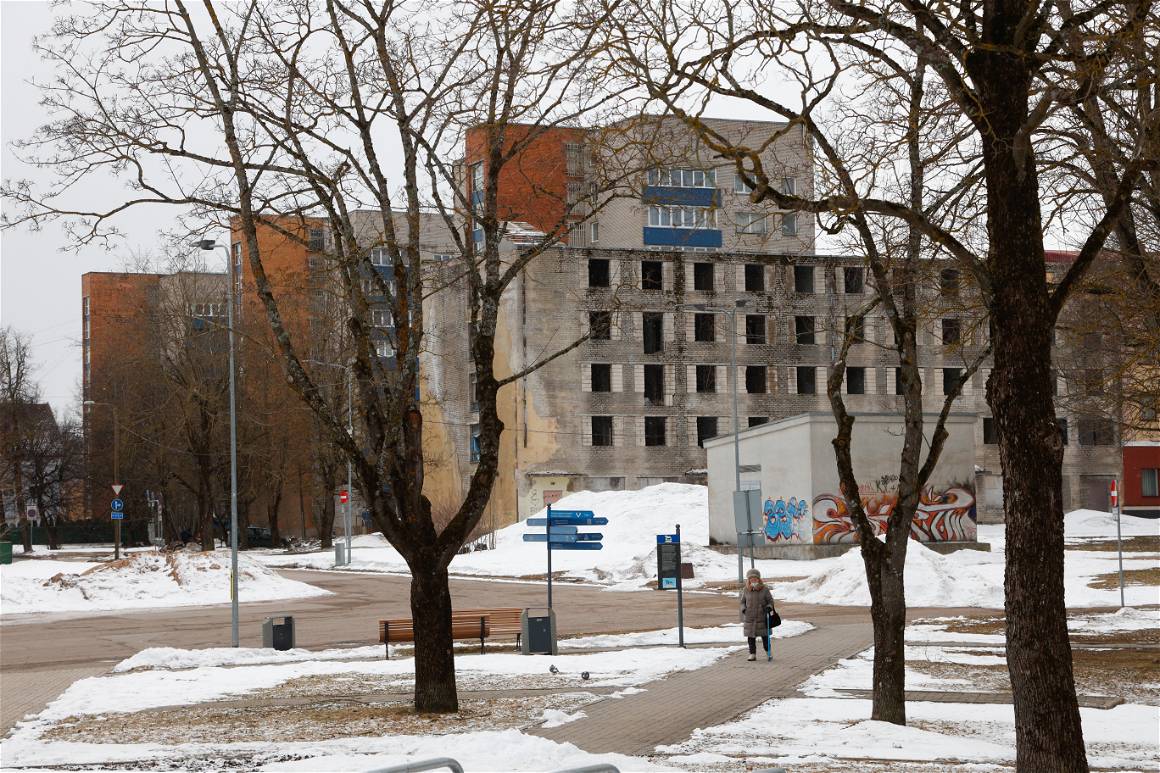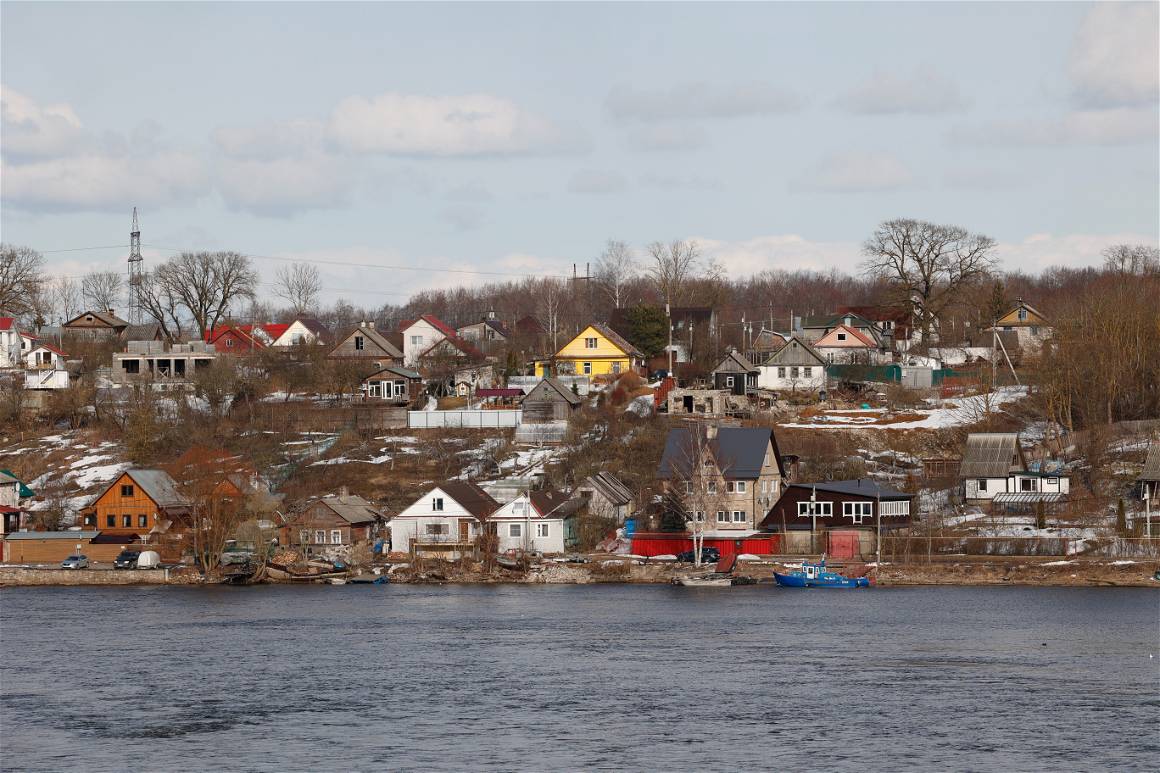Visiting the border town of Narva, a city almost completely destroyed during World War II, and then rebuilt by the Soviet Union, photographer Sebastian Semmer tells both the story of the landscape and its undercurrent of dichotomy.
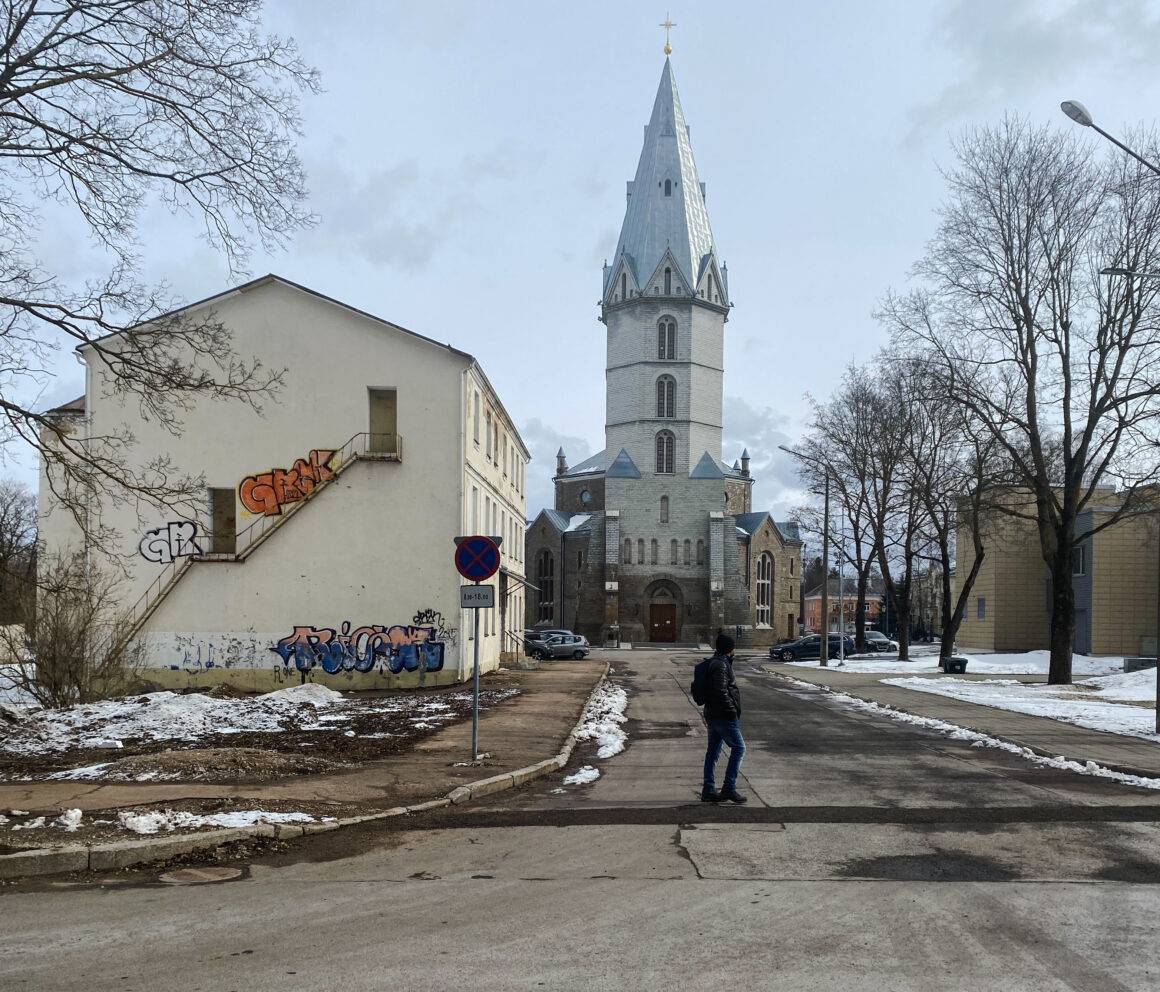
Narva, Estonia: A city of two lives. By Sebastian Semmer.
“According to his [Igor’s] assessment, most Estonian Russians are in a constant dichotomy. On the one hand, they live in Estonia as EU citizens and appreciate the freedoms this brings, but on the other hand they often feel like a minority.”
– Sebastian Semmer whilst visiting Narva, Estonia.
The Estonian border town sits on the border between Estonia and Russia – after regaining its independence in 1991. With a large portion of its population from the Russian side of the Ivangorod river, “most Estonian Russians are in a constant dichotomy” – living in Estonia as EU citizens and venturing home to Russia with ease. Since the inception of the Russian invasion of Ukraine however, the city has seen dramatic changes with its streets empty, icy landscapes and a sense of abandonment.
Residents have too been left with tough decisions with some having to now apply for EU visas to continue living in their homes, many fleeing for refuge to the city from other neighbouring areas all alongside those at risk of being drafted for the Russian army. Semmer visited the living dichotomy to discover both its physical landscapes and the cultural ones.
“When I visited Narva at the end of March, it was still bitterly cold (-9C). The streets were accordingly deserted. Everything looked a bit abandoned…”

What is your first memory with a camera?
My first memory with a camera was as a ten-year-old child during a holiday trip to Paris. I watched my father, like all the other tourists, simply and boringly photographing all the sights. This gave me the idea to take a completely “different photo”. Under the Eiffel Tower on the first observation deck, I put the camera right up against the steel construction and photographed along to the top. The result was not very special at first, but it was the beginning and the discovery of being able to speak my own visual language with a photo.
What led you to this project, photographing on the border river connecting Estonia and Russia?
The trigger, of course, was the invasion of Ukraine by Putin’s soldiers. It horrified me to the core. I didn’t want to be just a helpless spectator of these warlike actions and started photographing demonstrations in front of the Brandenburg Gate. In the process, I thought about what the mood and situation would be like in the countries on the EU’s external border with Russia and that it might be interesting to do a report on this. Geographically, I searched along the Baltic EU external border for places that border directly on Russia. That’s how I came across Narva. Narva is a border town that is still 95% inhabited by the Russian minority and is only separated by a river of the same name, on each side of which is a castle. To exaggerate, one could say that only this 150m bridge separates the EU & Nato and Russia.


What did you see or experience there – being on the frontline with a neighboring country at war?
When I visited Narva at the end of March, it was still bitterly cold (-9C). The streets were accordingly deserted. Everything looked a bit abandoned. At the promenade, I had a very good view of the Russian castle of Ivangorod and the very simple infrastructure. The bridge was very busy with delivery traffic, which only made slow progress. I also noticed trucks from German logistics companies such as DB Schenker or Kuehne + Nagel. I found that a little surprising in view of the declaration of boycott by German companies against Russian companies. Otherwise, everything seemed quite calm and normal. I didn’t notice any hectic or hostile scenes. The Russian fisherman on the opposite side greeted me in the morning when I was jogging.
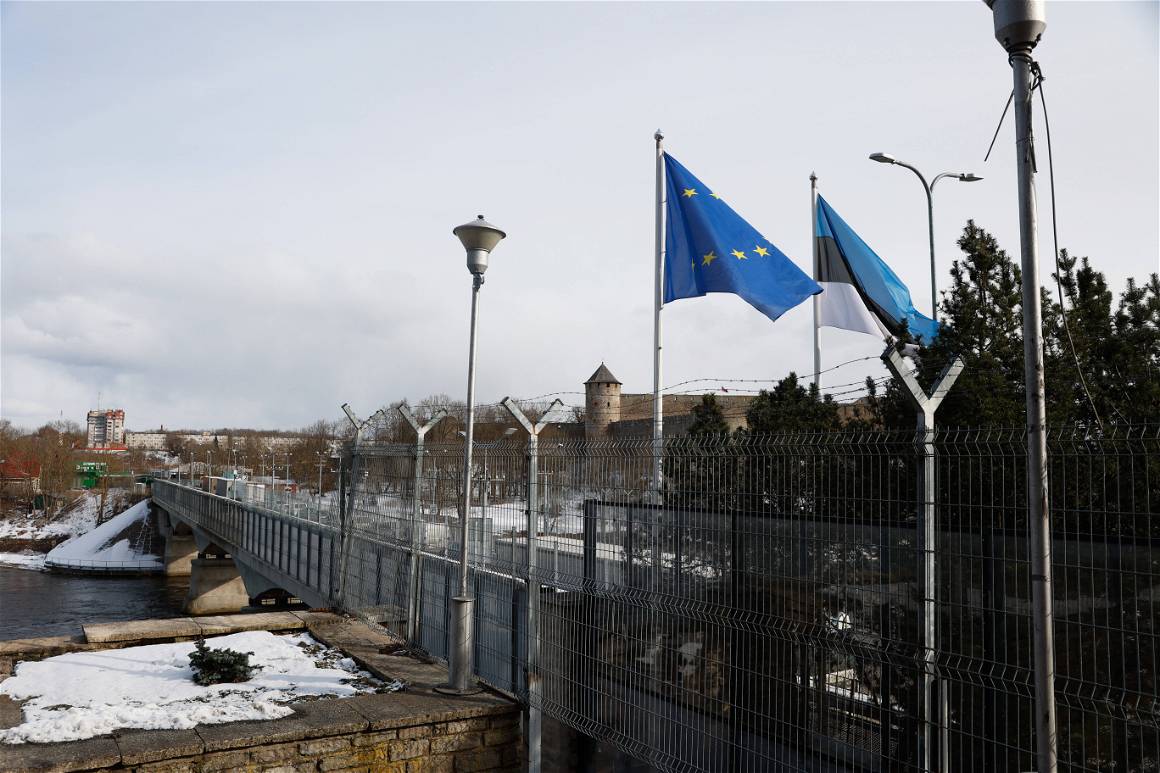
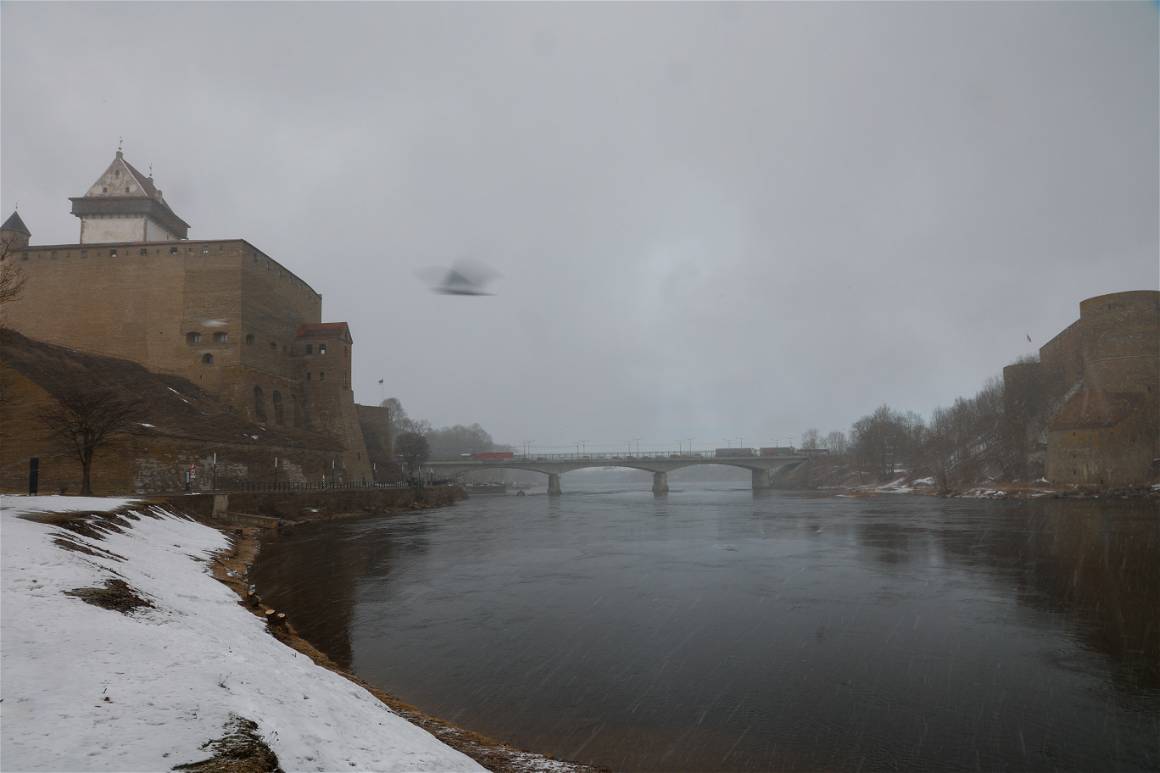
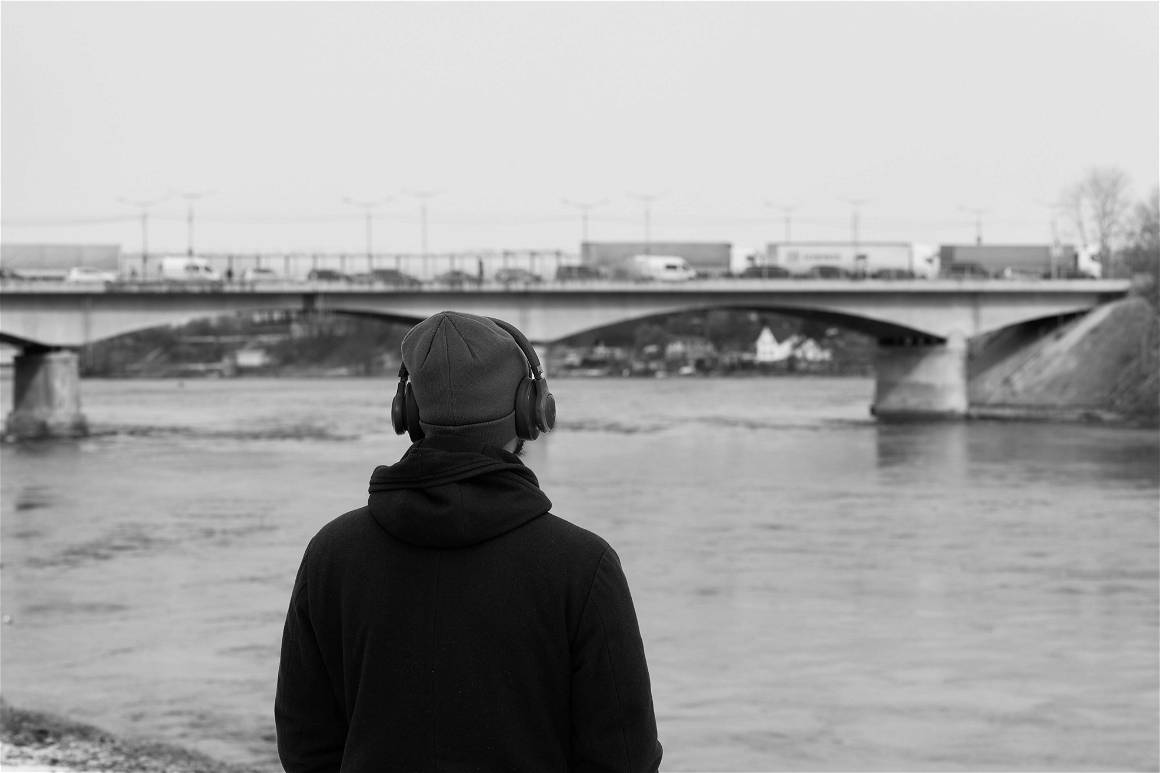
Tell us about “Igor”, how did you come to meet with him and what did he tell you?
I met Igor on the bank of the border river, where he was walking with his headphones. I spontaneously asked him in English if he would be available for a photo. This quickly led to a relaxed conversation and photo situation, in which he told me about his life and the mood of the population. He told me that he was a Russian exile, had been living in Tartu for 7 years and had 2 passports. According to his assessment, most Estonian Russians are in a constant dichotomy. On the one hand, they live in Estonia as EU citizens and appreciate the freedoms this brings, but on the other hand they often feel like a minority. This is mainly due to the language barrier. This leads, not least, to the fact that they are only able to inform themselves one-sidedly through Russian media on TV. Especially among the older Russians in exile, there are many who understand Putin’s actions in Ukraine. However, most Russian programs are no longer available to them since the beginning of the war.
Igor’s family live in Russia – what are the logistics, emotions and challenges in this for him?
Igor is still a student, so there is no immediate danger of him being recruited as a Russian soldier. Nevertheless, should the situation escalate further, there is still a certain residual risk, meaning that he will probably not travel to Russia again for the foreseeable future. Although he talks to his mother on the phone every day, it seems unthinkable for him to cross the bridge to Russia at the moment. He also said that many Russians do not publicly express their political opinion on Putin and the situation in Russia for fear of repression.

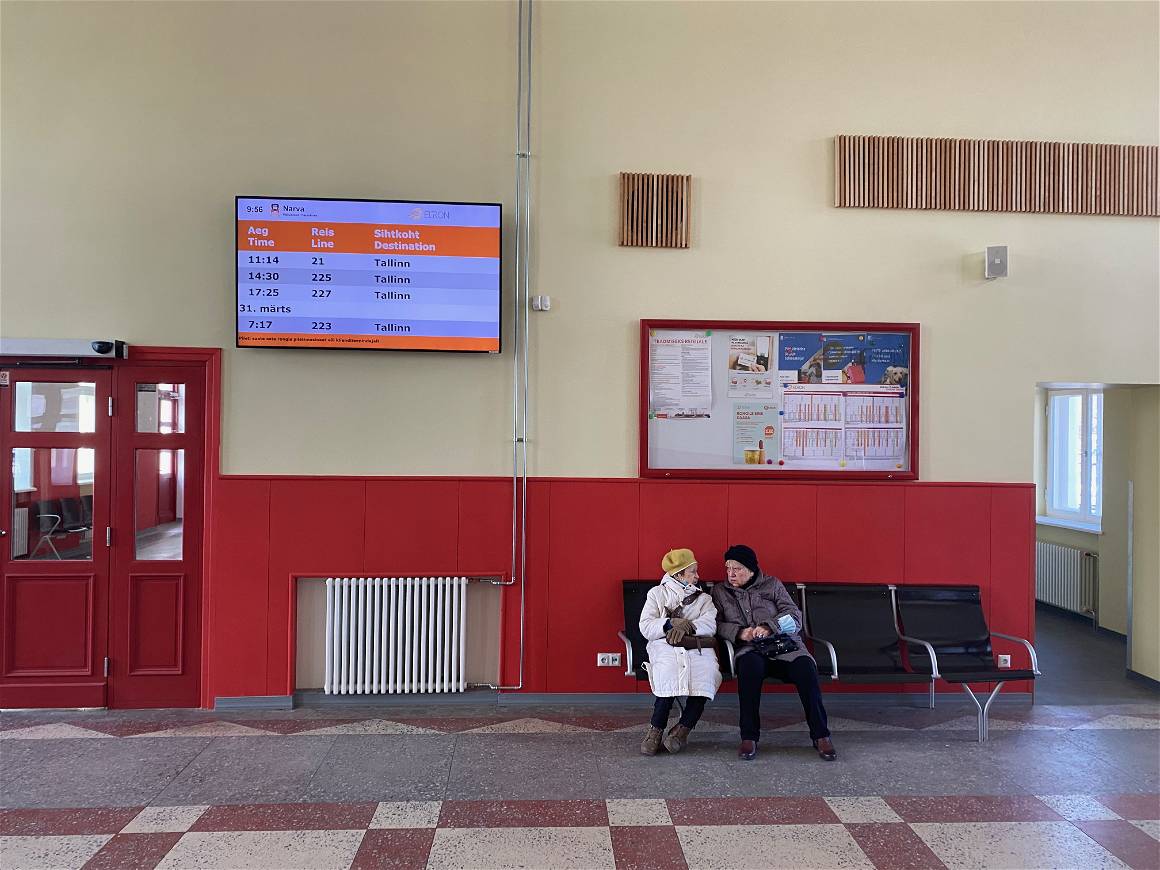
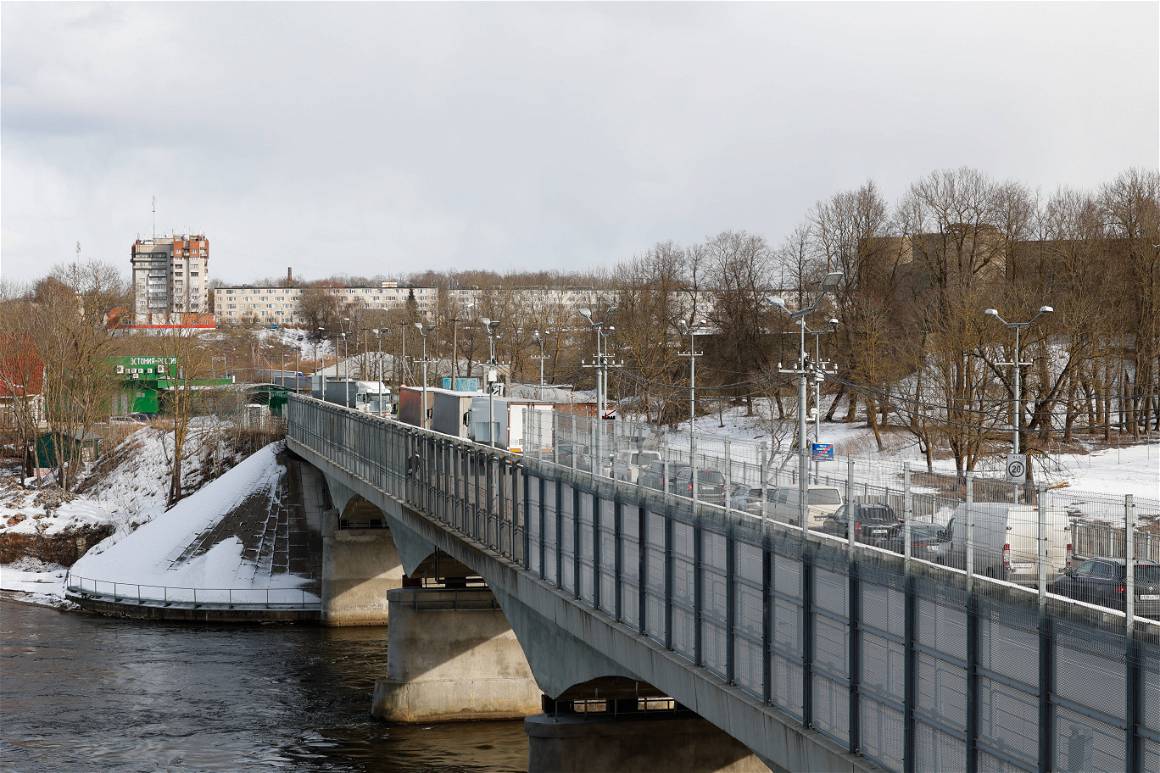
Does the muted color pallet and empty streets in your photographs seemingly reflect the atmosphere of this place?
Narva was almost completely destroyed during World War II. After the end of the war, it was quickly rebuilt by the Soviet Union, but with very simple architecture. The cityscape is somewhat grey, there is relatively little commerce, even at Narva railway station you won’t find a baker or a café. The streets were not very busy, which was probably primarily due to the freezing temperatures. Currently, there are also many Russians living there who have fled to this region after Putin’s attack on Ukraine.
What would you say is the overall mood of a town like this one at this time?
During the two days of my visit, the atmosphere was calm without reference to current events in Ukraine. There were no spontaneous expressions of solidarity, anti-war flyers or protests there. I also did not notice any Ukrainian refugees there. The people did not seem very emotional and continued to concentrate on everyday life. At the same time, a certain melancholy and dreary mood was palpable. This may also be due to the fact that there is much less investment in this city than in the extraordinarily beautiful capital Tallinn, which is now very Western European in character.
What were your lasting impressions?
They were exciting days that reminded me of my travels as a backpacker in the 90s. The almost three-hour train ride from Tallinn to Narva through sparsely populated and rustic, white landscape was lasting. I very much enjoyed being able to turn my idea for the reportage on the area into a photographic reality without editorial pressure. This allowed me to stay in places without constraint and to take the time to realize certain situations photographically in the best possible way. The encounter with the very reflective Igor about his living situation in Estonia was undoubtedly the most memorable.
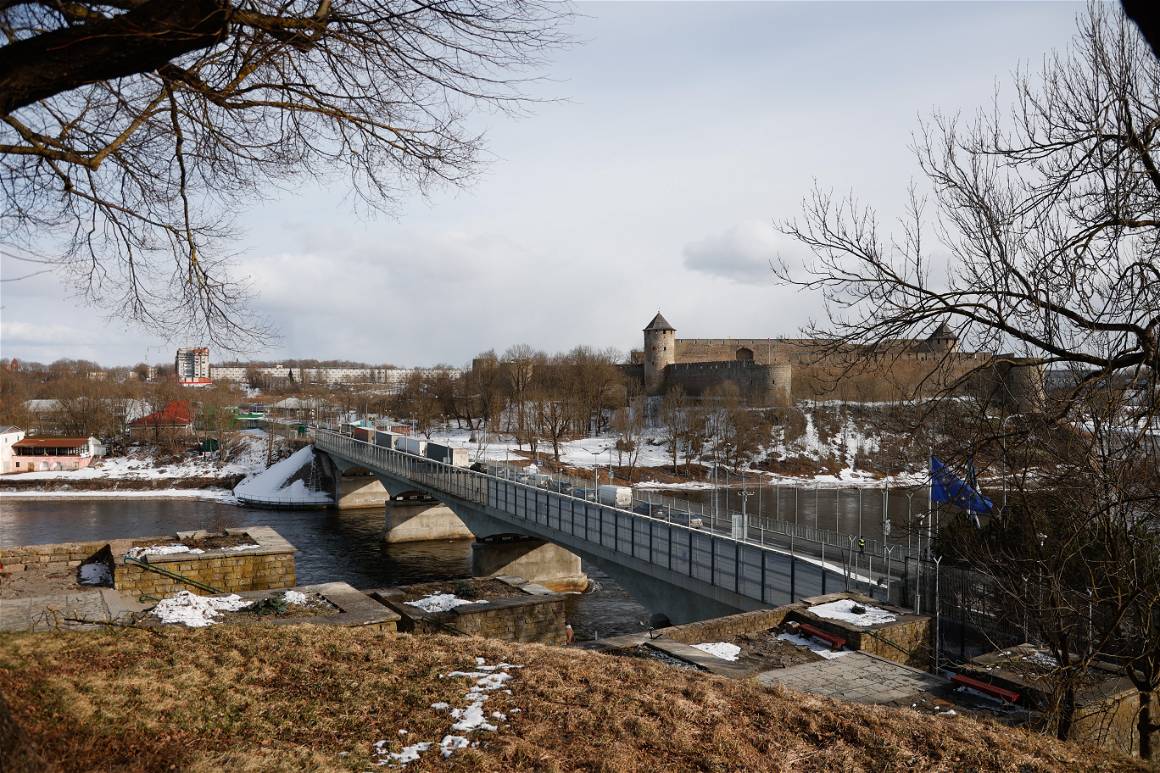
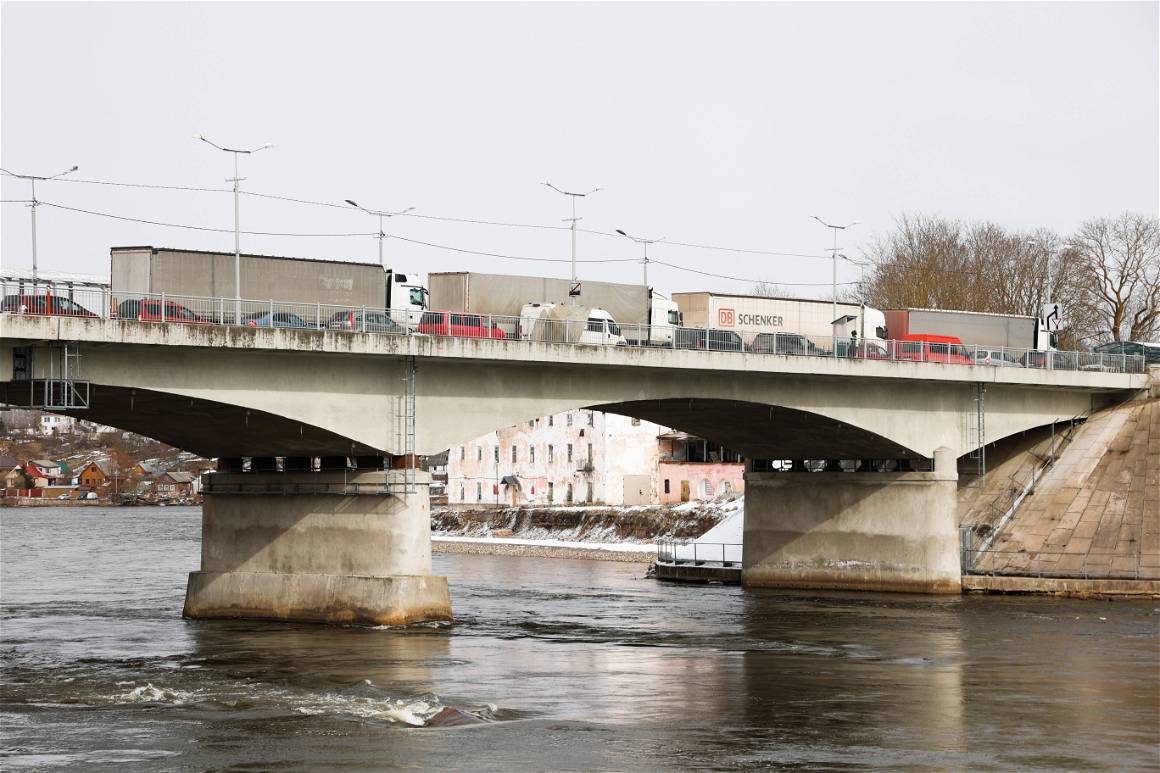
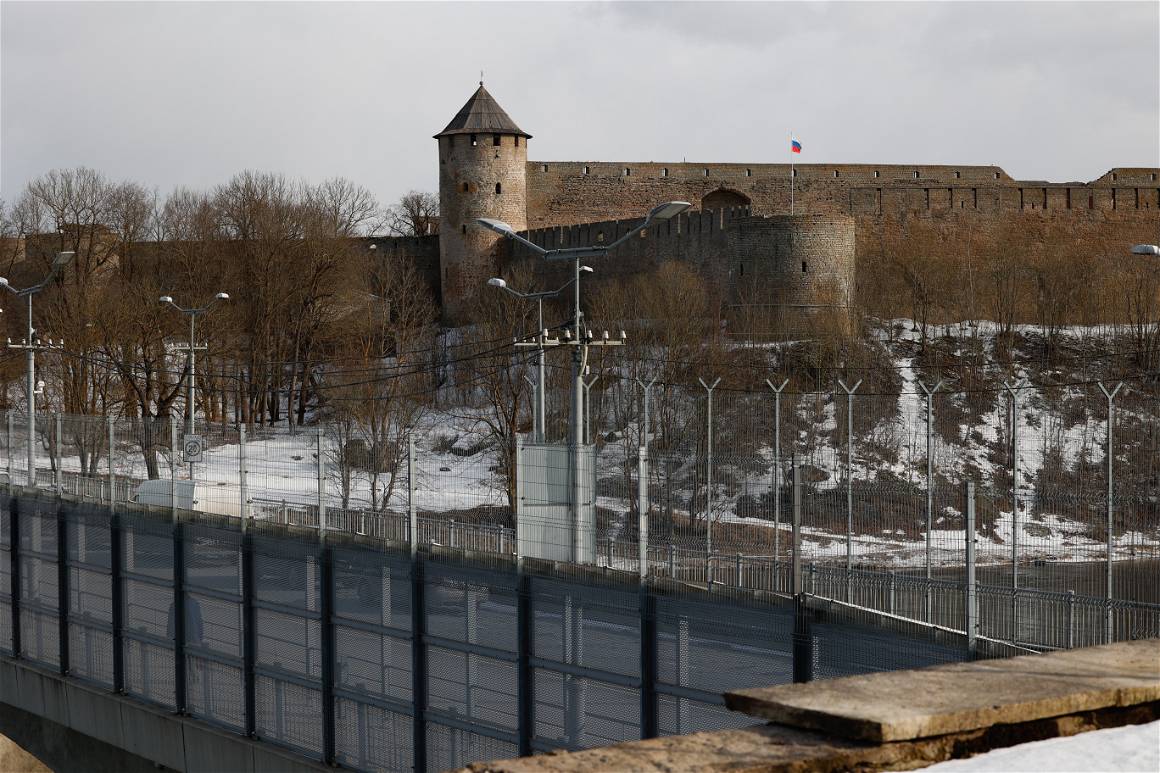
Is there anything you would like to add?
After my return to Berlin, I had a Deja vu experience when I saw the film “Abteil Number 6” in the cinema. A Finnish woman living in Russia travels across Russia to Murmansk by train to visit ancient rock paintings. That’s exactly how I felt on my tour across Estonia. A little organization in advance as a photojournalist is not always an obstacle to special and formative experiences – on the contrary! Coincidence often has its own fascination.
